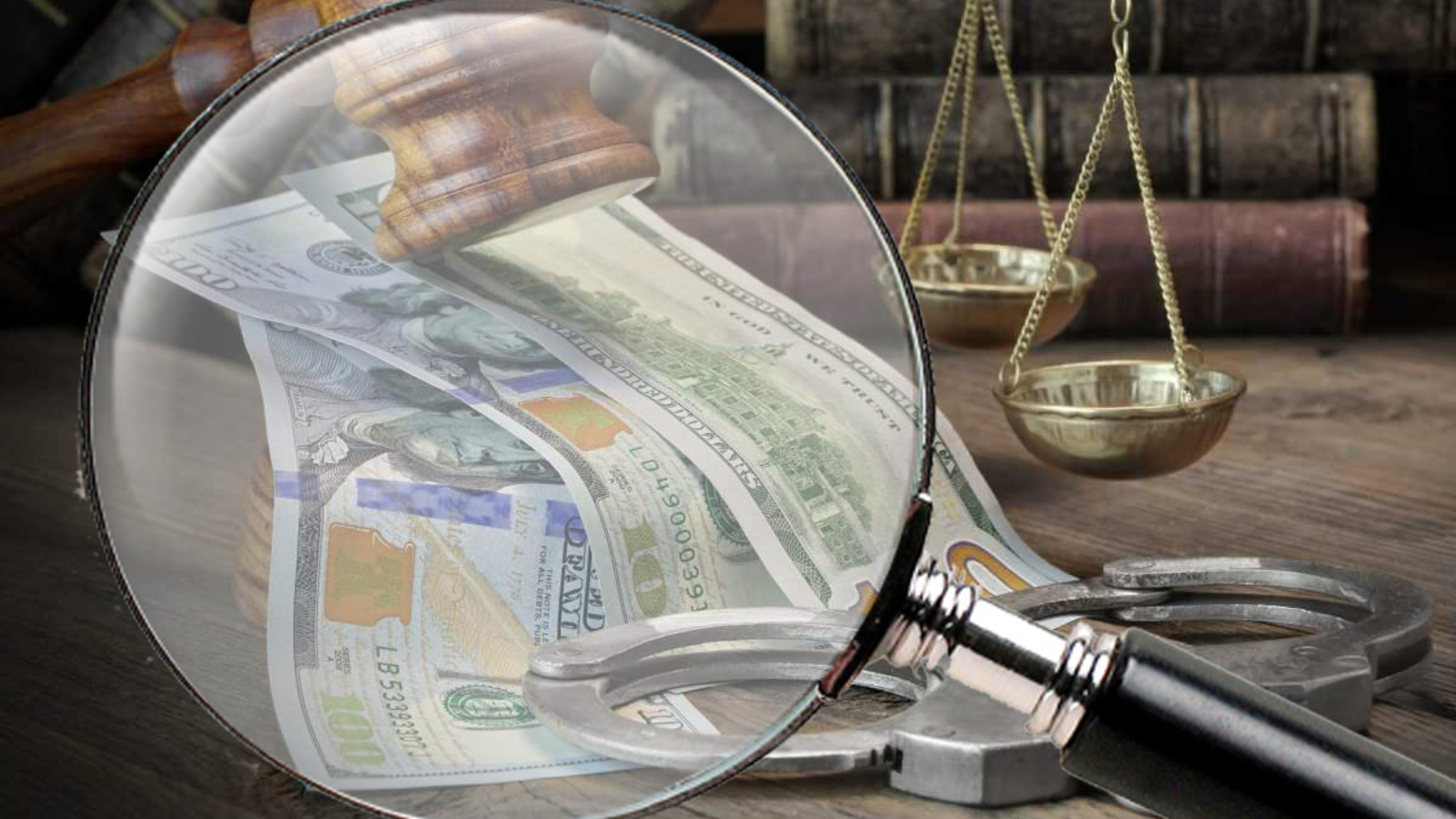Understanding Bankruptcy Fraud
Bankruptcy, a legal process designed to provide relief to individuals and businesses facing insurmountable financial challenges, can be vulnerable to abuse through fraudulent practices. Bankruptcy fraud is a serious white-collar crime that can take various forms, including concealing assets, fraudulent transfer of assets, and manipulating financial statements to meet bankruptcy requirements (Moore, 2018).
Bankruptcy fraud occurs when debtors deliberately try to lie or misrepresent themselves on the schedules, they are required to file during the bankruptcy process. One of the most common types of bankruptcy fraud is concealing or misrepresenting assets, which involves failing to list something as an asset on one of the schedules or flat-out lying. Another form of bankruptcy fraud is the fraudulent transfer of assets, where debtors transfer assets to another person or entity to avoid having to forfeit them during bankruptcy. Manipulating financial statements to meet bankruptcy requirements is also a common form of bankruptcy fraud, which involves misleading income or financial statements to deceive creditors and the bankruptcy court. It's important to note that bankruptcy fraud is taken very seriously and can result in severe penalties, including fines and imprisonment (Moore, 2018).
Concealing Assets During Bankruptcy
According to Barker et al. (2020); Brown (2020), Concealing assets during bankruptcy involves hiding assets from creditors and the bankruptcy court. This can be accomplished through various methods, including:
- Transferring Assets To Third Parties: This may involve gifting assets to family members or friends, creating shell companies to hold assets, or transferring assets to foreign jurisdictions.
- Falsifying Records: Debtors may understate their assets on bankruptcy forms, destroy evidence of ownership, or create false documents to support their claims.
- Engaging In Asset Stripping: This involves selling assets at below-market value to convert them to cash that can be hidden.
Examples of Concealment
- A debtor transfers ownership of their luxury car to a friend to avoid it being included in the bankruptcy estate.
- A business owner falsifies inventory records to understate the value of their assets.
- A debtor hides cash in a safe deposit box or invests it in cryptocurrency to conceal it from creditors.
Consequences of Concealment
According to Barker et al. (2020); Brown (2020), Concealing assets is a serious offense that carries significant legal and financial penalties. If caught, debtors can face:
- Denial of their bankruptcy discharge.
- Criminal prosecution, resulting in fines and imprisonment.
- Civil lawsuits filed by creditors seeking to recover their losses.
Detecting Concealment
Several methods can be employed to detect asset concealment, including:
- Reviewing Financial Records: This includes bank statements, tax returns, credit reports, and property deeds.
- Conducting Interviews: Bankruptcy trustees may interview debtors, family members, and other parties to gather information about their assets.
- Investigating Suspicious Transactions: Unusual or unexplained transactions may be indicative of asset concealment.
Fraudulent Transfer of Assets
According to Barker et al. (2020); Brown (2020); Politzer (2020), Fraudulent transfer involves transferring assets to another person or entity with the intent to hinder, delay, or defraud creditors. This can occur before or after the bankruptcy filing.
Types of Fraudulent Transfers
According to Barker et al. (2020); Brown (2020); Politzer (2020), Fraudulent transfer involves transferring assets to another person or entity with the intent to hinder, delay, or defraud creditors. This can occur before or after the bankruptcy filing.
- Transfers Made For Less Than Fair Value: This can include selling assets to family members for significantly less than their market value.
- Transfers Made With The Intent To Defraud Creditors: This may involve transferring assets to a shell company or transferring them to a jurisdiction with weak creditor protection laws.
- Transfers Made While Insolvent: This occurs when the debtor is unable to pay their debts as they come due.
Consequences of Fraudulent Transfer
In accordance with the findings presented by Barker et al. (2020), Brown (2020), and Politzer (2020), the ensuing repercussions that an individual may encounter are outlined as follows:
- Fraudulent transfer is considered a civil wrong.
- Creditors have the right to challenge fraudulent transfers.
- If a transfer is deemed fraudulent, the transferred assets can be recovered.
- Recovered assets may be included in the bankruptcy estate.
- Legal consequences may apply to individuals or entities involved in fraudulent transfers.
Detecting Fraudulent Transfers
Barker et al. (2020), Brown (2020), and Politzer (2020) suggest following:
- Review of Financial Records: fraudulent transfers can be identified through a meticulous examination of financial records.
- Conducting Interviews: Detection efforts may involve conducting interviews with relevant parties to gather information and uncover potential fraudulent activities.
- Investigation of Suspicious Transactions: The examination of transactions deemed suspicious can serve as a key component in identifying fraudulent transfers, as indicated by the cited sources.
- Forensic Accounting Techniques: Bankruptcy trustees are advised to employ forensic accounting techniques to trace the movement of assets, as proposed by the referenced authors.
Manipulating Financial Statements
According to Bryan et al. (2014), Manipulating financial statements involves altering financial records to misrepresent the financial health of a debtor. This can be done in several ways, including:
- Overstating Income And Assets: This can involve inflating sales figures, creating fake invoices, or overvaluing assets.
- Understating Debts And Liabilities: This may involve omitting debts from financial statements or undervaluing liabilities.
- Falsifying Financial Records: This can involve creating false documents or altering existing documents.
Examples of Manipulation
- A business owner removes liabilities from their books to make their company appear more profitable.
- A debtor creates fake invoices to inflate their income.
- A debtor changes dates on financial documents to conceal their true financial status.
Consequences of Manipulation
Manipulating financial statements is a serious offense that can result in:
- Denial of bankruptcy discharge.
- Criminal prosecution, including fines and imprisonment.
- Civil lawsuits filed by creditors seeking to recover damages.
Detecting Manipulation
Detecting manipulation of financial statements requires careful analysis and expertise. This may include:
- Comparing financial statements to other sources of information, such as tax returns.
- Identifying inconsistencies in the financial statements.
- Engaging forensic accountants to investigate the financial records.
Bankruptcy fraud poses a significant threat to the equitable distribution of assets and the integrity of the bankruptcy process. Concealing assets, fraudulent transfer of assets, and manipulating financial statements undermine the fundamental principles of fairness and transparency that are central to bankruptcy proceedings.
Detecting and preventing bankruptcy fraud requires a collaborative effort involving legal professionals, forensic accountants, investigators, and financial experts. Robust asset discovery mechanisms, scrutiny of transactions, and independent verification of financial statements are crucial components of a comprehensive strategy to combat fraudulent practices.
As we navigate the complexities of bankruptcy, it is imperative to strengthen legal frameworks, enhance transparency, and foster a culture of compliance. By doing so, we can fortify the bankruptcy process, ensuring that it serves its intended purpose of providing relief to honest debtors while protecting the rights of creditors.
Reference:
Barker, K., N. F. Stowell, C. Polansky and D. Kieffer. (2010). The Bankruptcy Reform Act and bankruptcy fraud: Implications and opportunities for CPAs. Journal of Forensic & Investigative Accounting 2(3): 75-94.
Brown, R. C. (2020). Bankruptcy Fraud: Detection, Investigation, and Litigation. Wolters Kluwer Law & Business.
Bryan, D., T. Janes and S. L. Tiras. 2014. The role that fraud has on bankruptcy and bankruptcy emergence. Journal of Forensic & Investigative Accounting 6(2): 126-156.
Moore, R. (2018, January 24). bankruptcy fraud | Crime. Retrieved December 07, 2023 from Encyclopedia Britannica: https://www.britannica.com/money/topic/bankruptcy-fraud
Politzer, M. (2020, October 01). Spotting fraud during the bankruptcy process: Top red flags. Retrieved December 07, 2023 from https://www.journalofaccountancy.com/issues/2020/oct/fraud-red-flags-during-bankruptcy-process.html
Author:
Muhammad Ali
FICFA, FIPA, FFA, CCFA, FFA, FCIAP, MBA

